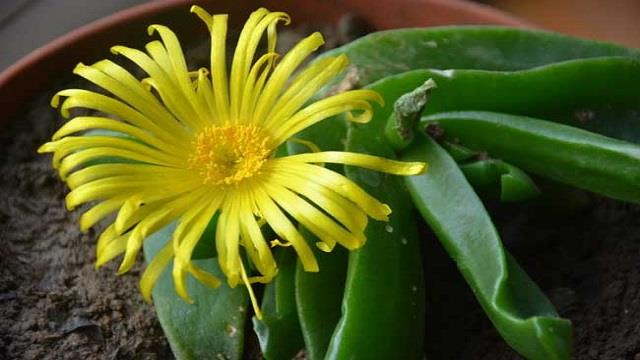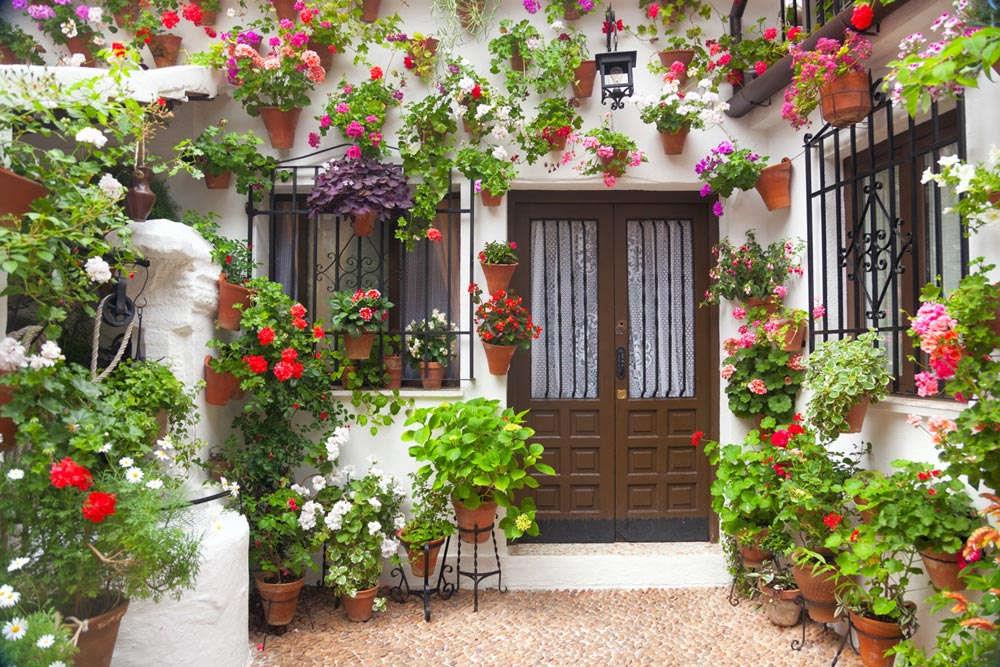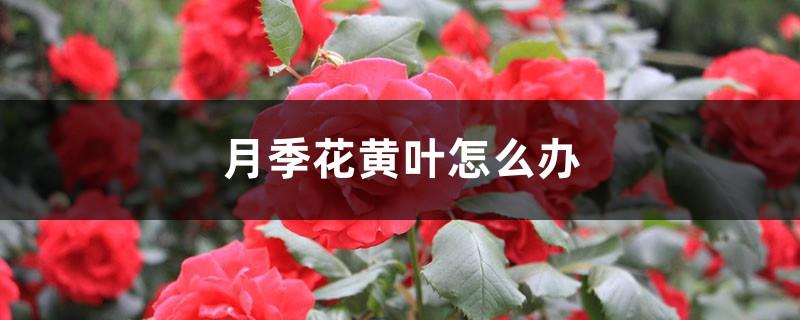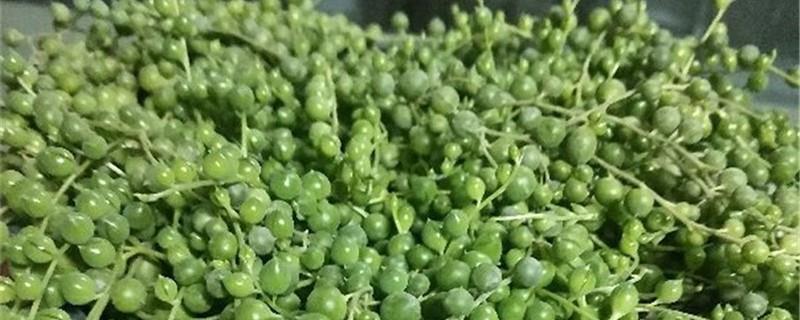How to breed Baolv
Last Update :2024.06.17
Article Catalog
Temperature: Baolv needs to be cultured at 18-22℃, and the overwintering temperature should be greater than 5℃. Light: 50% shading from May to September, providing more light in winter. Watering: Pour an appropriate amount of water in spring and autumn. Fertilization: Fertilize with a combination of various elements once every half month during the growth period. Repot: About once every two years, choose good soil.

1. Temperature
1. Temperature
It is best to keep it at 18 to 22 degrees. Too high or too low will have adverse effects. In summer, when the temperature is higher than 30 degrees, it is necessary to cool down appropriately, otherwise the plants will be damaged. In winter, the temperature must be higher than five degrees to ensure a safe winter. If the temperature is too low, you will suffer from freezing damage.

2. Light
Baby Green Like semi-shady environment. Therefore, avoid too strong light, but not too dark. From May to September, 50% shading is sufficient. Usually, scattered light irradiation is more suitable. In this way, its growth and flowering are beneficial. In winter, the lighting time can be appropriately longer.
3. Watering
The main watering periods are spring and autumn. When the soil in the pot is dry and the leaves are slightly soft, water a little but not too much. The general principle is "dry and wet but slightly dry".

4. Fertilization
Grow vigorously period required. At this stage, topdress fertilizer every half month, and choose a compound fertilizer containing nitrogen, phosphorus, and potassium. This will promote its growth and flowering. After autumn, do not use nitrogen fertilizer. Use phosphorus and potassium fertilizers in appropriate amounts. In winter, there is no need to fertilize.
5. Repot
Repot every two years or so. Usually done around spring. Choose loose, breathable, and well-drained sandy soil. Asteraceae can be mixed with leaf mold, garden soil and coarse sand. The basin can be changed or not depending on the specific situation.

2. Lighting
3. Watering
4. Fertilization
5. Change basin
- END -
Causes and treatment methods of yellow rose leaves

Cause of flower soil: Unsuitable flower soil will cause yellow leaves on roses. At...
What is the difference between Buddhist beads and lover’s tears, which one is easier to maintain?

Buddha beads and lovers' tears are the same plant, there is no difference between ...